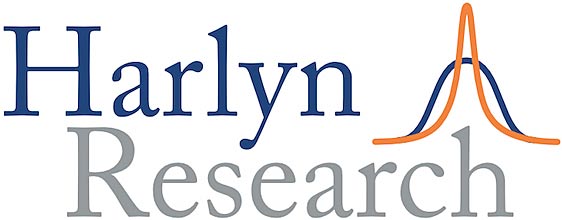Not yet a Subscriber?
Our All Access Pass, available on monthly subscription, gives access to all content on our website.
We are in the process of launching a new version of our website, which will soon be available.
Harlyn Research is a single-capacity, research firm, based in the UK. We do not offer execution services, manage money or provide corporate finance advice. This means we live or die by the quality of our analysis and the success of our investment recommendations.
Since 2010, we have pioneered a systematic approach to probability-based investing. This process provides clear and actionable recommendations, based on how investors respond to changes in risk and return, rather than estimates and relative valuations.
We apply this process to asset allocation, portfolio construction in equities and fixed income, and stock selection in certain developed markets. Our written research focuses on asset allocation and is available to institutional investors on a subscription-only basis. Our stock recommendations are available through a variety of alpha-capture platforms.
